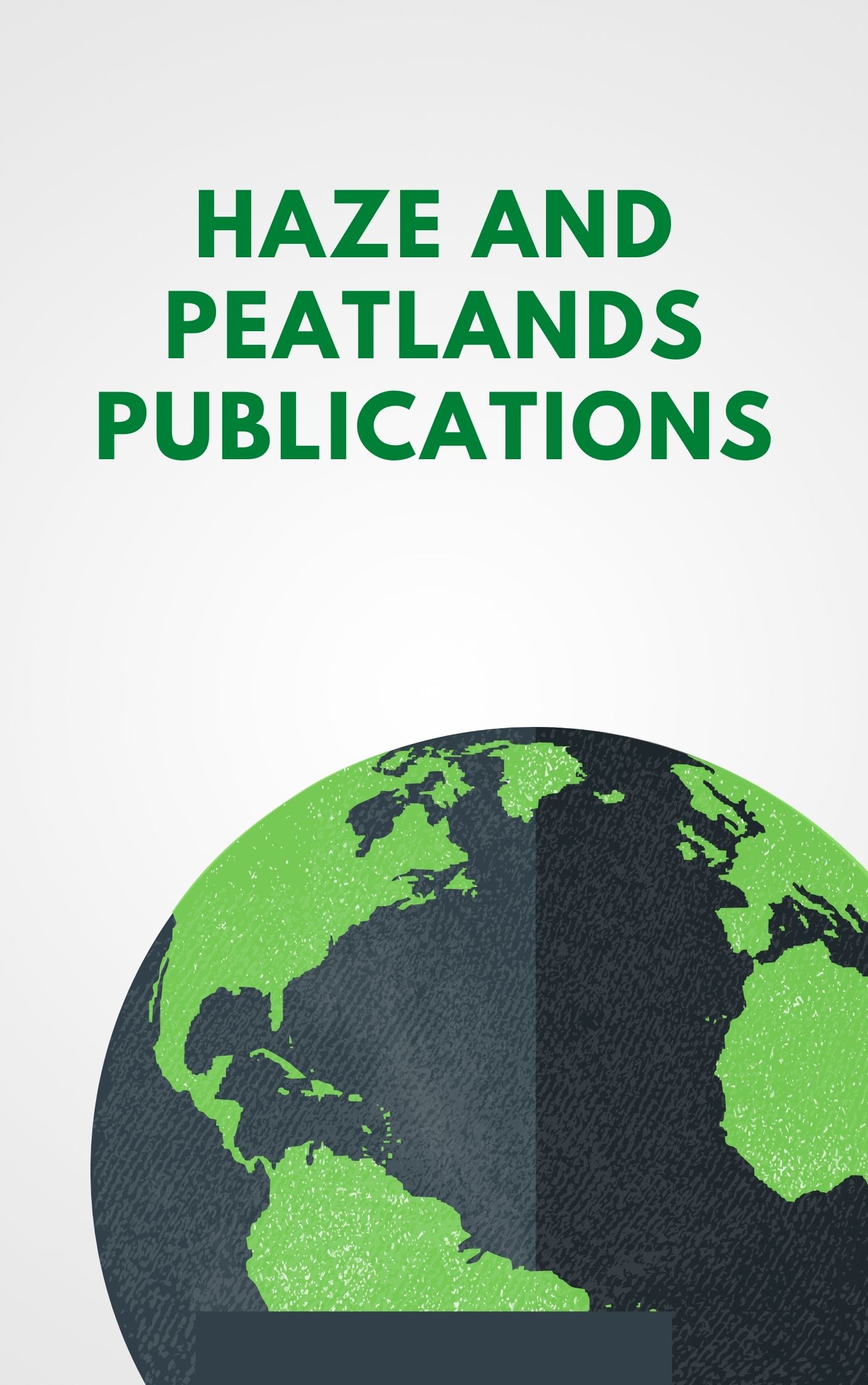Degraded peatlands encounter irreversible subsidence owing to the loss of carbon from their organic soils. Interferometric synthetic aperture radar (InSAR) has proven to estimate a regional scale of peat subsidence efficiently compared with extensive field measurement, although a trade-off with accuracy is inevitable. We reviewed studies that used traditional and time-series InSAR techniques to map peat subsidence in the tropical region. Small baseline subset (SBAS) InSAR is thought to be important to be applied considering its ability to dampen decorrelation and handle data variance. A case study was conducted to apply SBAS InSAR using ALOS phased array L-band synthetic aperture radar data (2007–9) in the peat areas of Sintang Regency, Indonesia. Results showed that an area that was converted to plantations had higher subsidence than undisturbed peat swamp forests. Carbon loss was estimated to reach 0.354Mt carbon/year derived from the subsidence estimate.
View source

